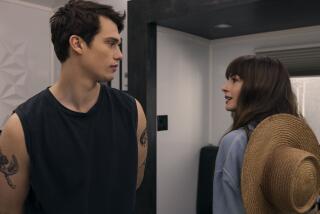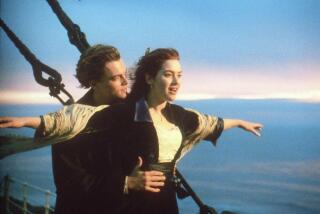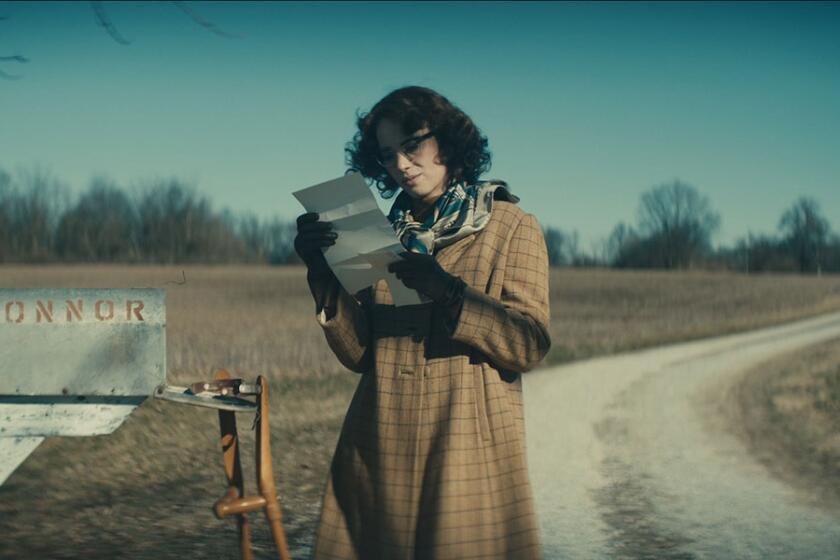Rare 3-D films see the light
There have been winners (“Avatar,” “Toy Story 3,” “Alice in Wonderland”) and losers ( “The Last Airbender,” “Cats and Dogs: The Revenge of Kitty Galore”) in the current wave of 3-D films. But the verdict is out as to whether 3-D will be a cinema constant or a novelty that runs its course as it did in the 1950s.
Though it’s known that filmmakers began experimenting with 3-D as early as the late 1920s, Parisian-based film historian/preservationist Serge Bromberg of Lobster Films discovered a few years ago that movies were made in 3-D as early as 1900, just a few years after the creation of motion pictures.
He’ll be presenting some of these 3-D films Tuesday during his sold-out show “3D Rarities: From 1900 and Beyond” at the Academy of Motion Picture Arts and Sciences’ Linwood Dunn Theater.
The genesis of the latest edition of his annual “Saved From the Flames” show, which had its American premiere Sunday at the Telluride Film Festival, was a silly bet.
“A few years ago, a man from the Society of Motion Picture Technicians and Engineers called me and said there were stereoscopic 3-D experiments … ‘which are out of the scope of your shows, so I bet you wouldn’t be able to do a show in stereoscopic 3-D,’ ” recalls Bromberg, who took him up on the dare.
So he searched around the world in various locations from attics to flea markets to come up with 3-D experiments from cinema’s infancy, as well as 3-D shorts from the present, including films from the Walt Disney Studio and the National Film Board of Canada.
“It is quite amazing what I discovered,” Bromberg notes. “Though I went around the world to find these 3-D films, they all came from the same geographic origin — the United States, Russia, France and one film from Canada. No other countries tried it as far as I know.”
The four experimental films from 1900 that he found have never been seen until this show — even some film historians didn’t know they existed. There’s even a 3-D version of the Lumiere brothers’ famed 1896 “Entrance of a Train In a Station” that they re-shot and screened in 3-D in 1935.
Bromberg says that the 3-D shorts from 80-some years ago didn’t take hold because “it was really experimental. There were two more waves in the 1950s and early ‘80s which died out for very different reasons.
He explains that in the 1950s, 3-D came into the forefront as a way to lure audiences away from their TV sets and back into the theaters. But there were problems with the glasses as well as the two synchronized projectors in the booth.
“They had no spare projector, so they could not reload the projector,” he says. “They needed to do intermissions. And it was very expensive to shoot. If you had one frame out of sync you would get a terrible headache [wearing the glasses]. It not only stopped because of technical problems but because the curiosity ran out.”
In the 1980s, engineers discovered a way to do stereoscopic 3-D with one projector. “Basically the idea was that you would cut the normal frame in two, the right eye would be up and the left eye down. Basically you could use a standard projector. Then you had such films as ‘Friday the 13th, Part 265.’ After a while, the novelty wore off and the films were stupid.”
For information on the show, go to https://www.oscars.org.
susan.king@latimes.com
More to Read
Only good movies
Get the Indie Focus newsletter, Mark Olsen's weekly guide to the world of cinema.
You may occasionally receive promotional content from the Los Angeles Times.







